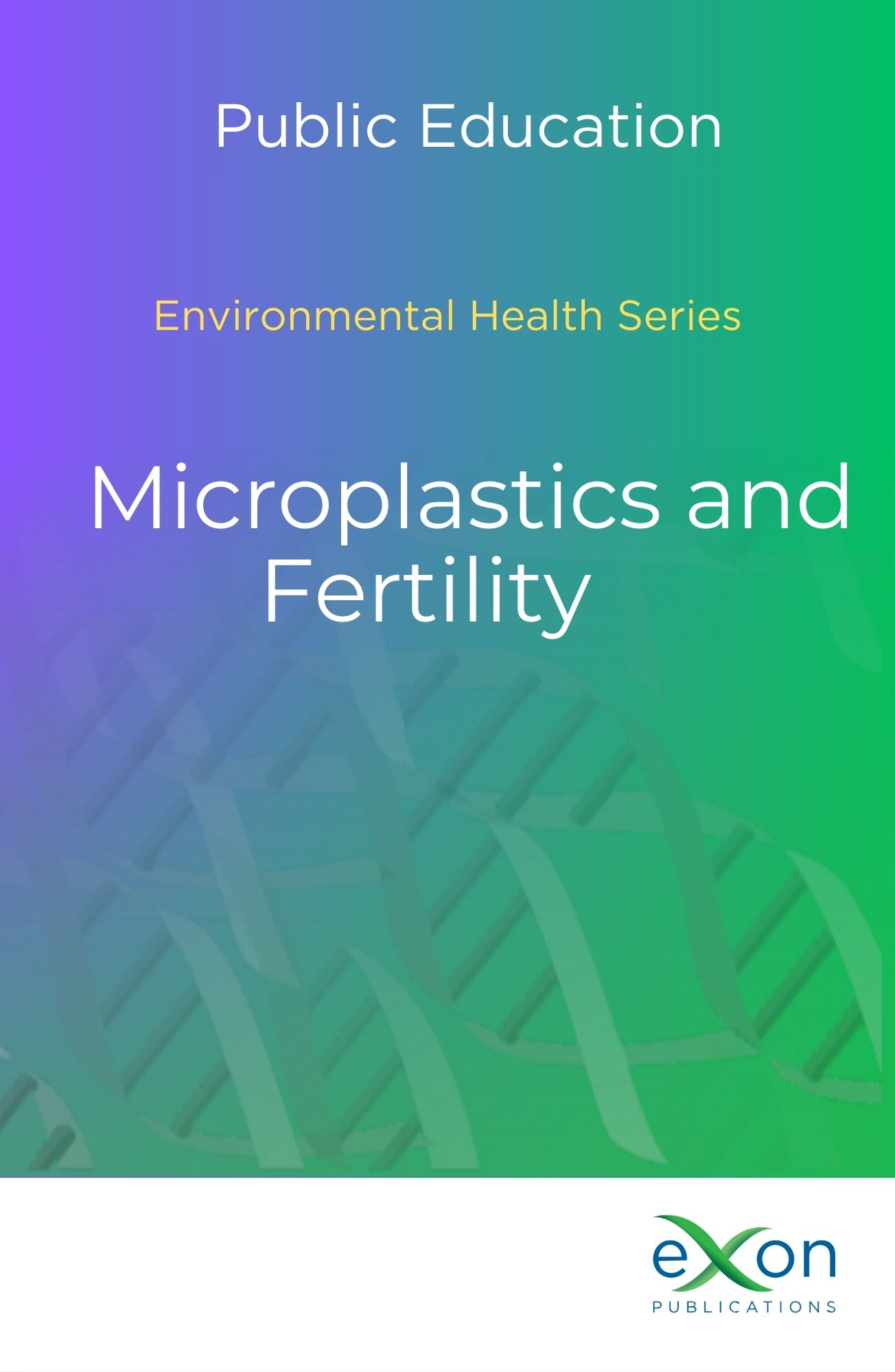Microplastics and Fertility explores the impact of microplastics on human reproductive health, highlighting their potential to disrupt male and female fertility. Readers can access the article in HTML or PDF format by scrolling down.
The article begins with an abstract that provides a brief overview of how microplastics infiltrate human tissues and the risks they pose to reproductive health. The introduction outlines the growing problem of plastic pollution and its connection to fertility decline. It explains how microplastics enter the human body through ingestion, inhalation, and skin contact, allowing them to accumulate in vital organs and reproductive tissues. The article then examines the specific effects on female fertility, including ovarian dysfunction, hormonal imbalance, and placental complications, as well as male fertility issues such as reduced sperm motility and oxidative stress. It also discusses the biological mechanisms of harm, such as oxidative stress, inflammation, and hormonal disruption. The role of animal studies is highlighted as a critical source of insight, while human studies offer emerging evidence of microplastics in ovarian fluid and reproductive tissues.
The article concludes by emphasizing the need for further research and measures to limit exposure to microplastics. Written in simple, clear language, this article ensures that all readers, regardless of background, can understand the key issues surrounding microplastics and fertility. This is part of the 'Public Education Series' initiative by Exon Publications.
DOI: https://doi.org/10.36255/microplastics-fertility
Published: 2024-12-20

